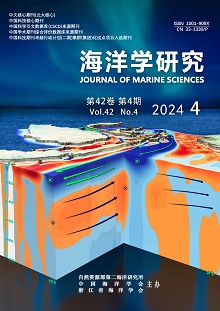Artificial intelligence in oceanography has demonstrated a great potential with the explosive growth of ocean observation data and numerical model products. This article first reviews the history of ocean big data development, and then introduces in detail the current status of artificial intelligence in oceanography applications including identifying ocean phenomenon, forecasting ocean variables and phenomenon, estimating dynamic parameters, correcting forecast errors, and solving dynamic equations. Specifically, this article elaborates the research on the intelligent identification of ocean eddies, internal waves and sea ice, the intelligent prediction of sea surface temperatures, El Ni?o-Southern Oscillation, storm surges, waves and currents, the intelligent estimation of ocean turbulence parameterization for numerical models, and the intelligent correction of waves and current forecast errors. In addition, it discusses the recent progress of applying physical mechanism fusion and Fourier neural operator for solving ocean dynamic equations. This article is based on the current status of artificial intelligence in oceanography and aims to provide a comprehensive demonstration of the advantages and potential of applying artificial intelligence methods in the field of oceanography. With the two emerging research hotspots: digital twin oceans and artificial intelligence large models, the future development direction of artificial intelligence provides enlightenment and reference for interested scientists and researchers.

